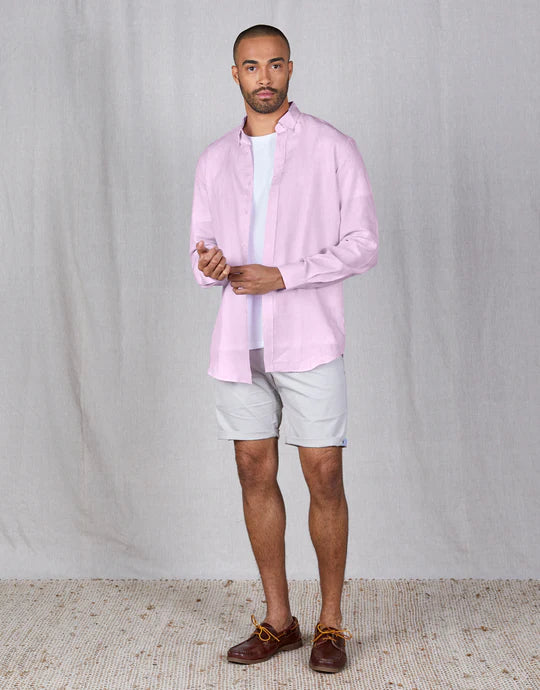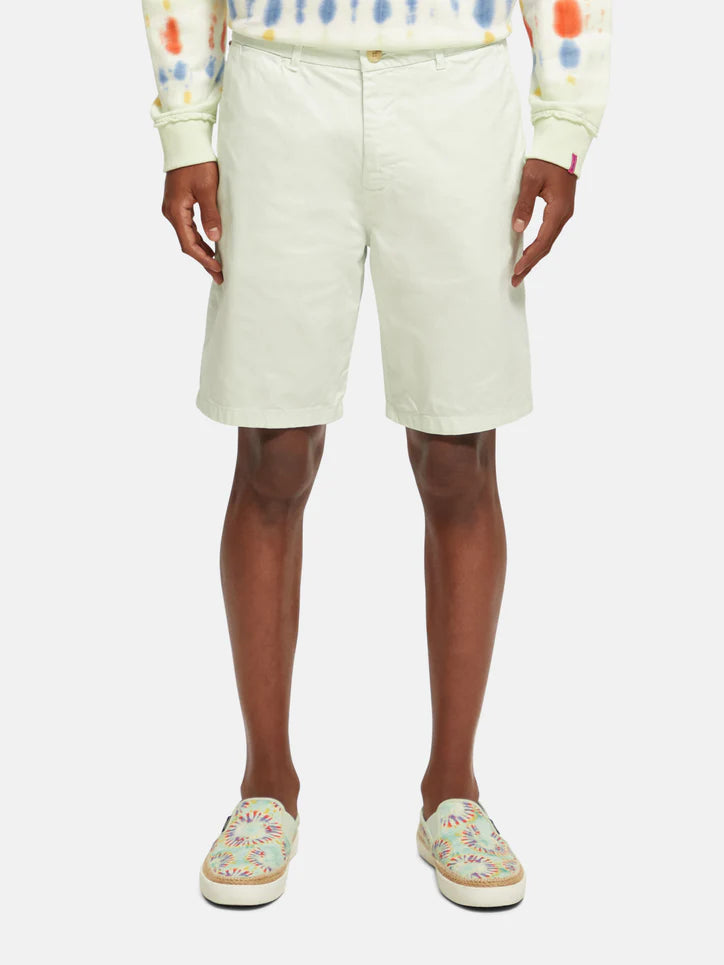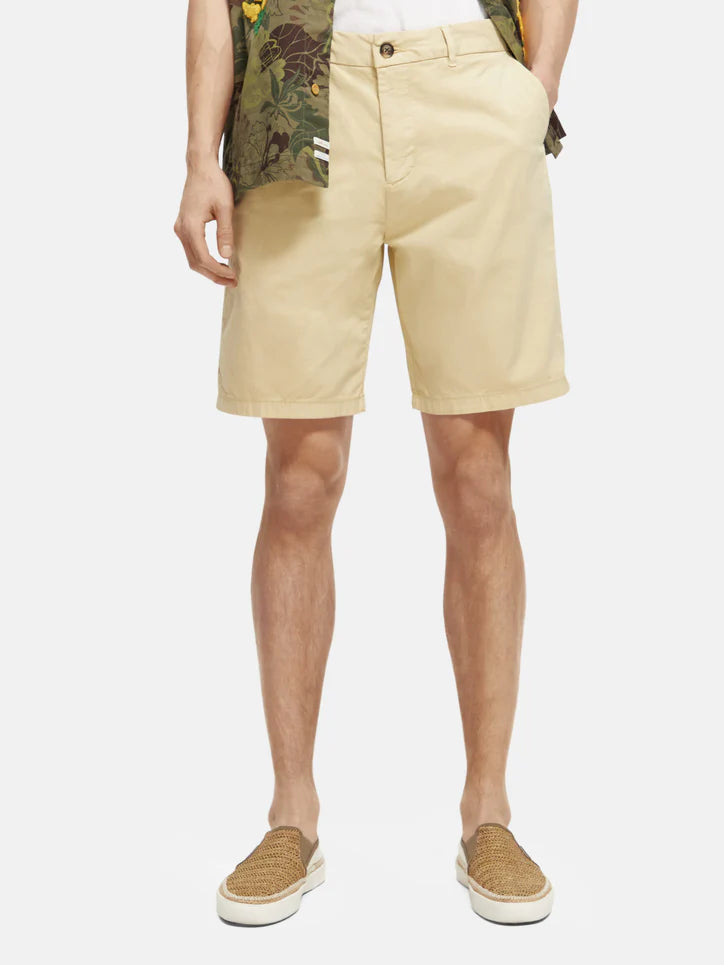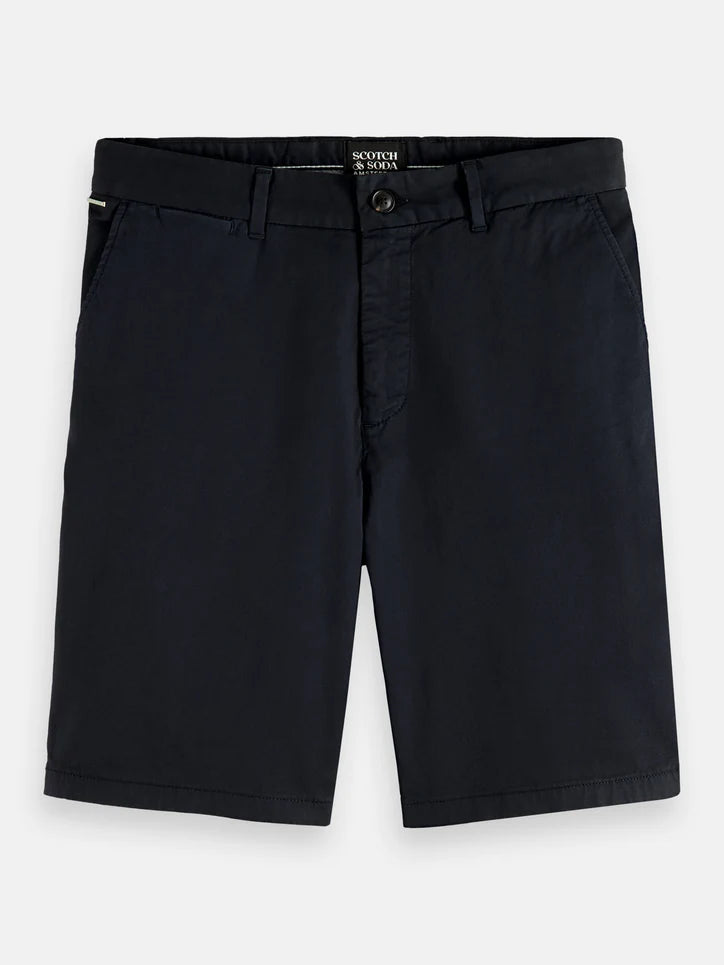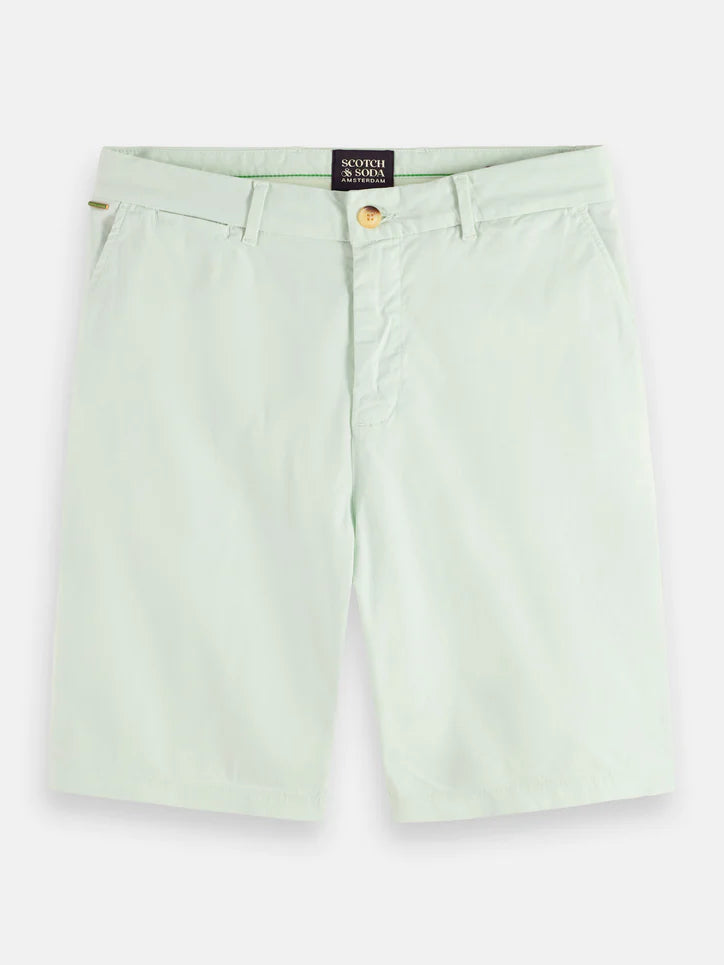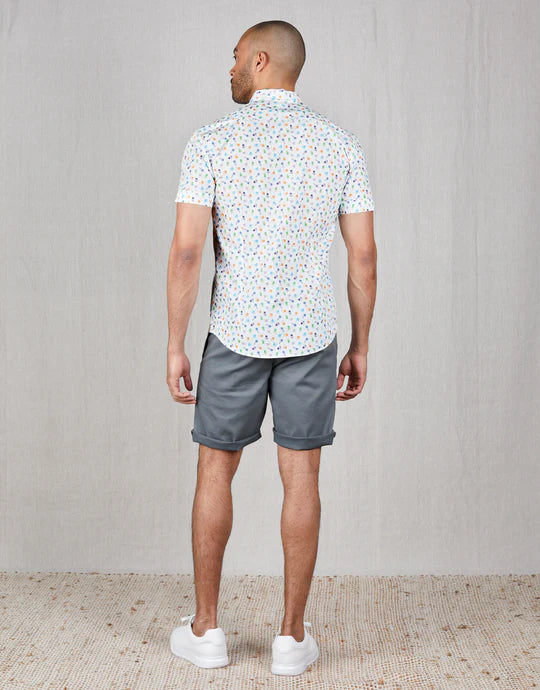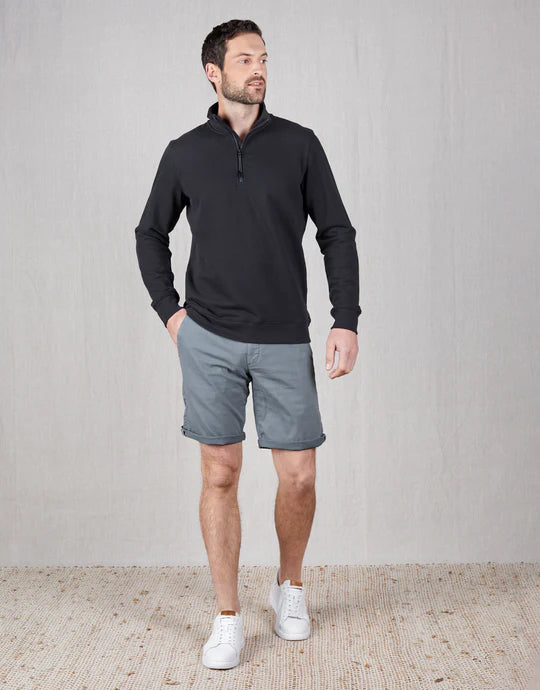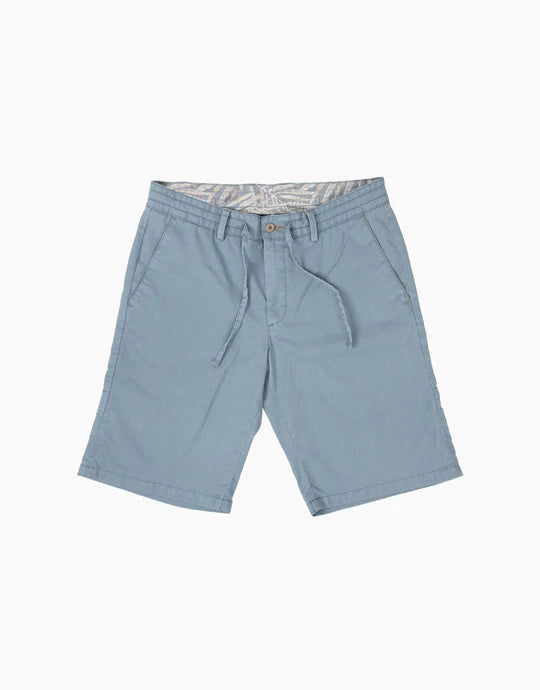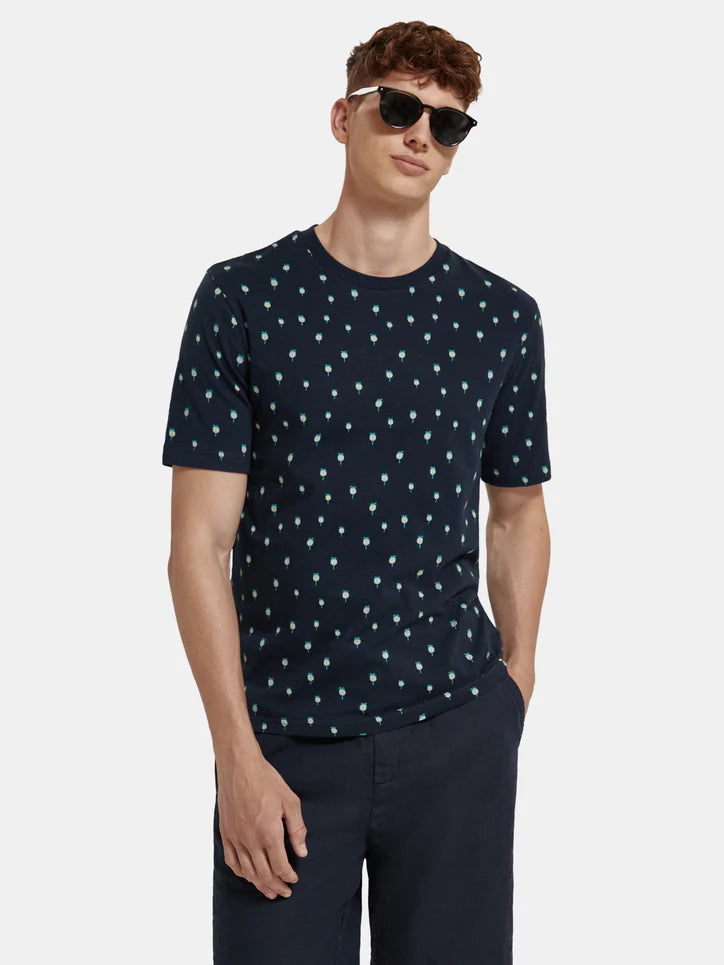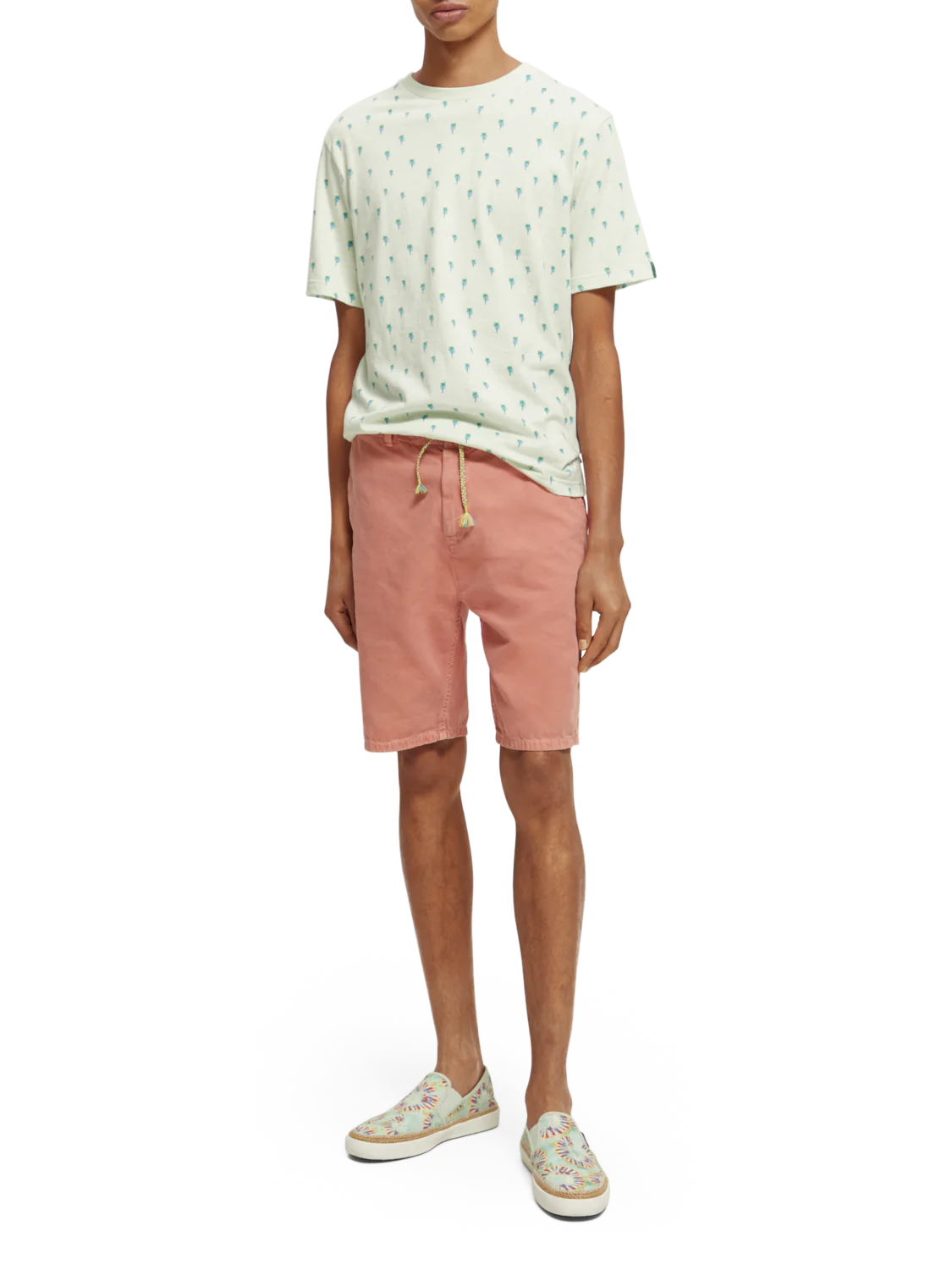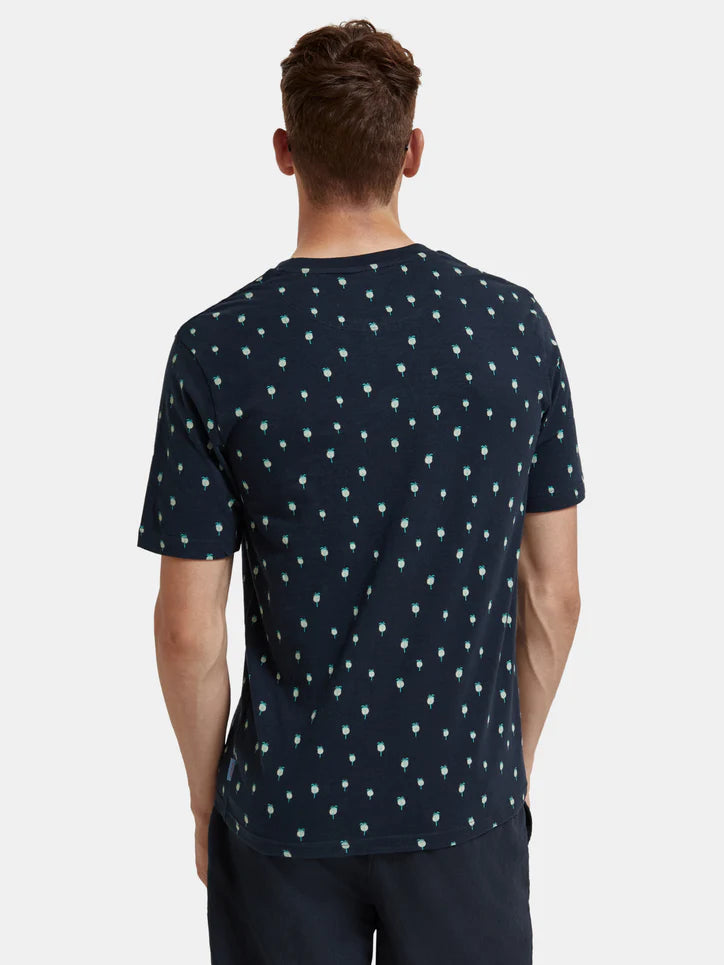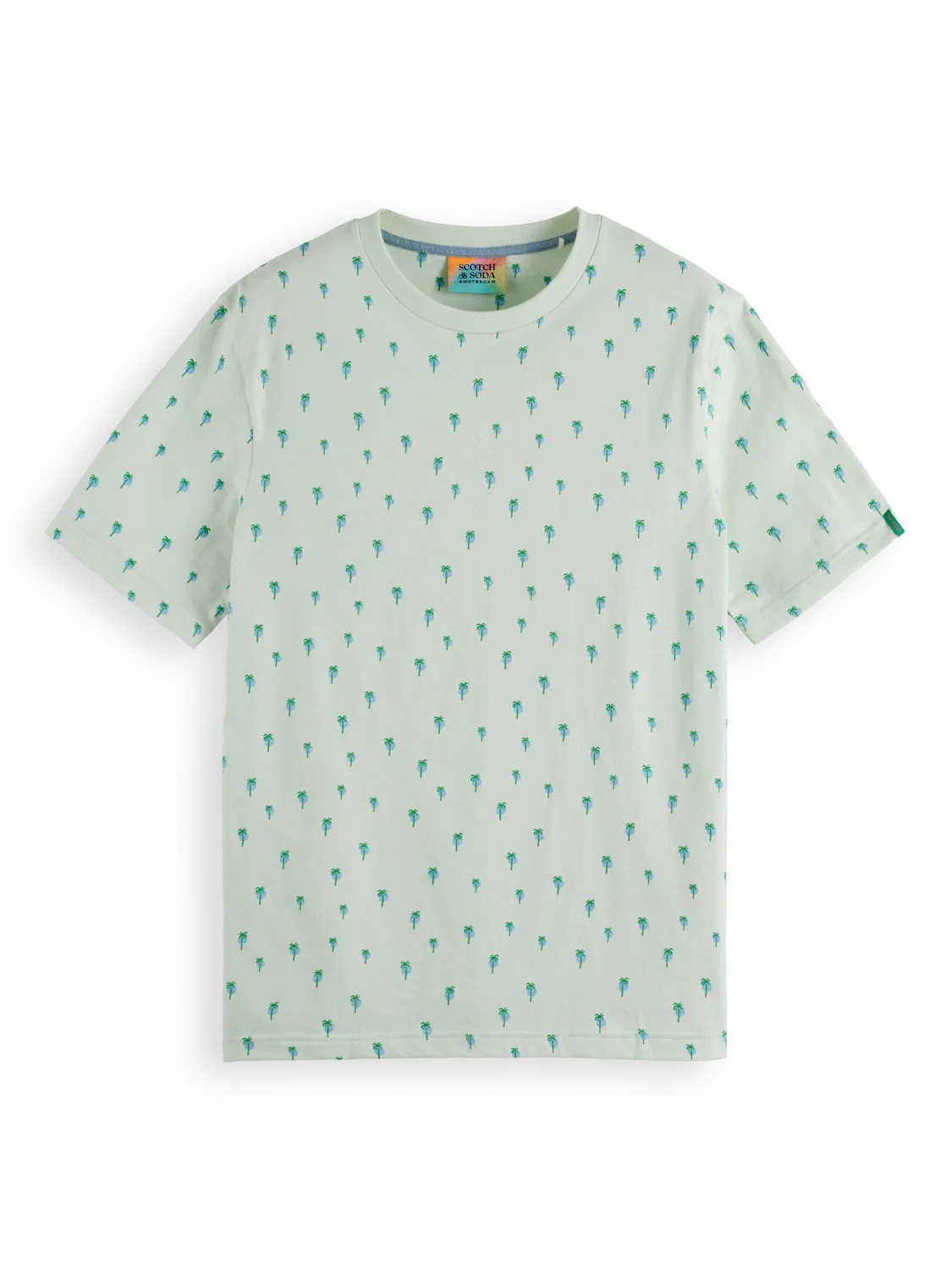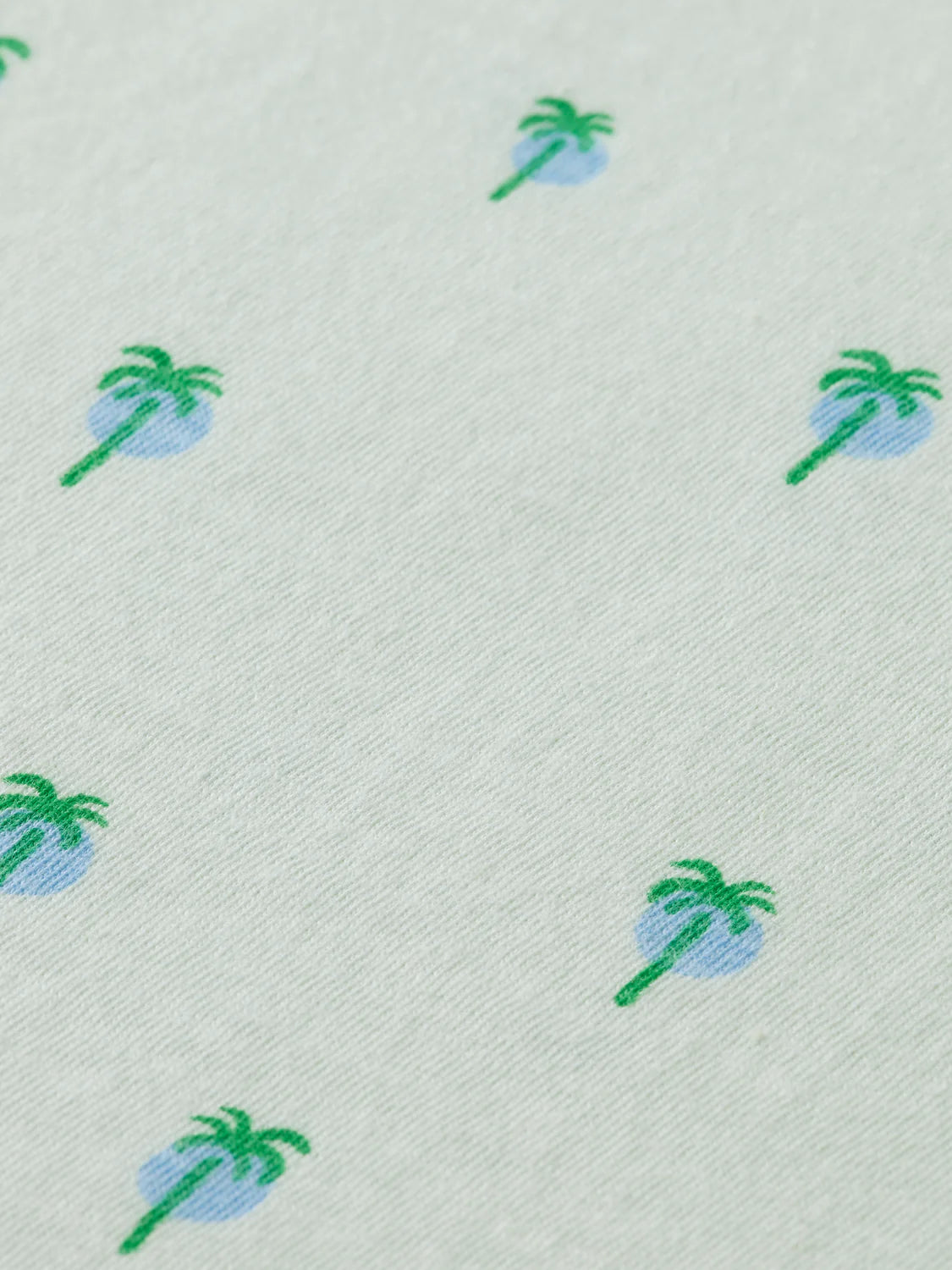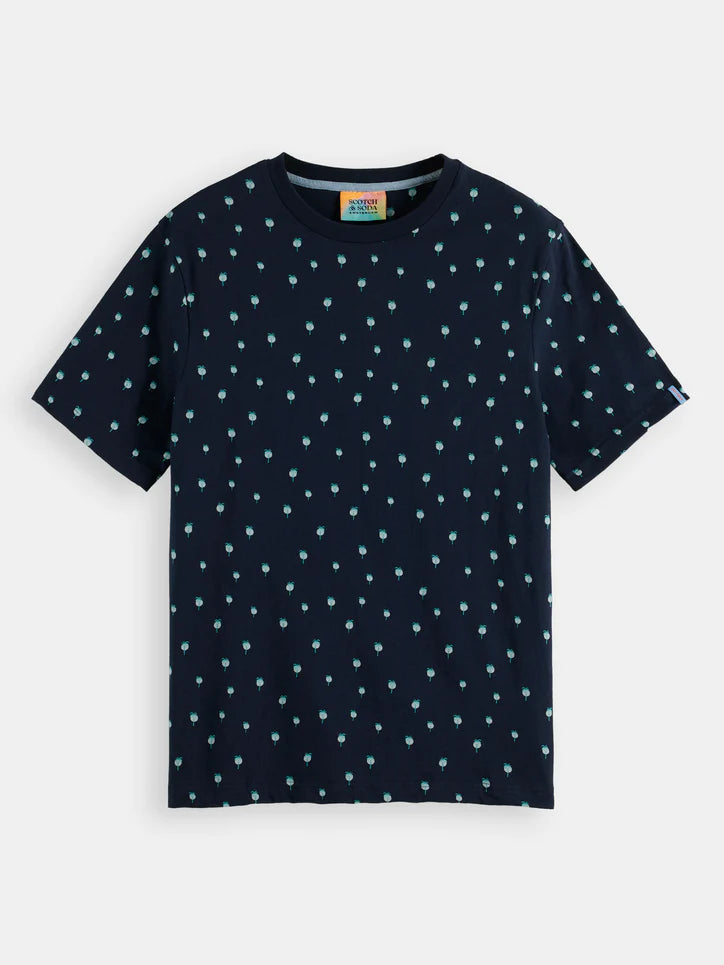Measuring your size
There are two ways to measure your size:
- You can determine your size based on a well fitted piece of clothing from the same product category. In that case, compare the measurements of the garment with the measurements in the size chart of the desired item. Then choose the size that is closest to the size of the already owned piece.
- You can also determine the size based on the measurements of your body. Always measure the circumference of your body and take into account a few centimetres of extra space for movement. Choose the size that is closest to the measurements of your body.
When measuring, always make sure that you keep your measuring tape in the right place to make sure the comparison is as accurate as possible. To help your with this, we have formulated a guide.
Collar size
Clothing: Clothing: The collar size is simply the circumference of the collar in centimetres. You can just check the collar size of a shirt that you already own and are happy with. Isn’t there a size in your shirt? No problem. You can measure the collar all the way around, from the middle of the top button till the end of the buttonhole.
Body: Determine the collar size by measuring the circumference of your neck, at the height you would wear the collar. Make sure there is enough space left so that you can still breathe and swallow easily. About 1 centimetre/0,4 inch should be enough.
Shoulder
Clothing: Lay the garment down flat and measure the length from the collar till the base of the sleeve.
Body: Measure the length of your shoulder from de base of the neck till the end of your shoulder, where your sleeve should start.
Armlength
Clothing: Lay the garment down flat and measure the length of the sleeve from the base of the sleeve till the end of the cuff.
Body: Measure the length of the arm from the head of the shoulder (where your sleeve should start) till the transition from the wrist to the hand (where your cuff should end).
Chest size
Clothing: Lay the garment down flat and measure the width from one armpit to the other. Then multiply the result by two. Make sure to measure the entire width of the garment, not just from seam to seam.
Body: Measure the circumference of your chest, underneath the armpits. Add about 7 centimetres to make sure that you have enough extra space to move around.
Waist size
Clothing: Lay the garment down flat and measure the width of the item at the narrowest part of your waist. Multiply the result by two. Make sure that you measure the entire width, not just from seam to seam.
Body: Measure the circumference of your waist at the narrowest part. Add about 7 centimetres to make sure that you have enough space to move around.
Hip size
Clothing: Lay the garment down flat and measure the width of the top (for example, the waistband of your pants). Multiply the result by two. Make sure that you measure the entire width, not just from seam to seam.
Body: Measure the circumference of your hips, at the location of your pelvis. This is the place where the waistband of your pants should fall. Make sure that you do not calculate too much extra room for movement here. After all, you do not want your new pants to fall down.
Back length
Clothing: Lay the garment down flat with the backside up. Measure the length of the back from the collar till the bottom of the shirt.
Body: Measure the length from the beginning of the neck till the bottom of your back (where you would want the shirt to end). Tip: ask someone to measure this for you, to avoid that you do not measure it completely straight.
Inseam length
Clothing: Lay the pants down flat and measure the inside of the trouser leg, from the crotch till the end of the pipe.
Body: Measure the length of the inside of your leg. Place the measuring tape as high as possible on the inside of your leg and measure till the heel of your foot.
Tip: Is your measurement right between two sizes? We always advise to take the longer size. Most of the time it’s easier to shorten trousers than to lengthen them.










